Product Consultation
Your email address will not be published. Required fields are marked *
When setting up an office or workspace, one of the most crucial decisions you’ll make is choosing the right chair. Office chairs are not just pieces of furniture—they are tools that directly affect productivity, comfort, and even physical health. Among the most debated choices is whether to go with a mesh chair or a foam-padded chair. While both options have their own merits, mesh chairs have grown in popularity for various reasons.
What Is a Mesh Chair?
A mesh chair is designed with a breathable mesh fabric—typically stretched across a frame—that forms the backrest and sometimes the seat. This mesh material allows for air circulation, creating a cooler seating experience compared to dense padding. Many mesh chairs are also ergonomically designed, with adjustable features that support better posture.
Mesh chairs are especially popular in modern offices, co-working spaces, and home workstations due to their lightweight design, contemporary look, and functionality.
What Is a Foam (Padded) Chair?
A foam chair uses layers of polyurethane foam or memory foam to provide cushioning. These chairs may be upholstered in fabric, faux leather, or real leather, and they often give off a more traditional or executive appearance. The foam can be thick or thin, firm or soft, and is typically used in both the backrest and seat of the chair.
Foam-padded chairs are often associated with plush comfort, but they may lack breathability and ergonomic features found in mesh office chairs.
Why Do Many People Consider Mesh Chairs to Be Better?
a. Breathability and Airflow
Mesh chairs are unmatched in ventilation. The porous material allows air to pass through, reducing sweat and discomfort during long work sessions or in warm environments. Foam chairs, especially those with leather or synthetic coverings, tend to trap heat and cause sweating.
This makes mesh chairs a top choice in hot or humid climates, or for users who spend 6–10 hours a day sitting at a desk.
b. Posture Support and Ergonomics
Many mesh chairs are specifically engineered with ergonomics in mind, featuring adjustable lumbar support, tilt mechanisms, headrests, and armrests. The mesh contours to the natural curve of the spine, providing balanced support across the entire back.
Foam chairs, on the other hand, can lose shape over time and may offer uneven support, especially if the padding compresses. This can lead to slouching, back pain, and poor posture if not designed properly.
c. Long-Term Durability
High-quality mesh maintains its tension and shape over years of use. It does not sag or flatten like foam. With time, foam can degrade, become lumpy, or lose its firmness—resulting in reduced comfort and support.
Mesh chairs, especially those with reinforced frames, are known to retain their structure longer under consistent use.
d. Maintenance and Cleanliness
Mesh chairs are easier to clean and maintain than padded chairs. They don’t absorb dust, sweat, or odors as easily as foam, which is especially important in shared workspaces or humid environments.
Foam chairs with fabric upholstery can stain or develop odors, and leather or faux leather can crack or peel over time without proper care.

Are There Any Downsides to Mesh Chairs?
Despite their advantages, mesh chairs are not universally better for every user or situation. Some common concerns include:
Firmness: Mesh seats are usually firmer than padded foam seats, which may feel uncomfortable for some users, especially during the adjustment period.
Edge Pressure: In lower-quality mesh chairs, the seat frame may press against the back of the thighs, causing discomfort. Higher-end models address this with waterfall seat edges or padded front frames.
Aesthetic Preferences: Foam chairs, especially leather executive chairs, may fit better in traditional office settings where a luxurious or formal appearance is preferred.
Weight Support: Some mesh chairs have weight limitations. Heavier users may find more consistent support in well-padded foam chairs designed for higher capacity.
Foam Chair Strengths: When Is Foam Better?
Foam chairs still have their place, particularly in the following contexts:
Short-Term Comfort: If you need a chair for occasional use or short periods, foam’s plushness can feel more inviting.
Cold Environments: In cooler offices, a padded seat retains warmth better than breathable mesh.
Aesthetic Goals: Foam chairs with leather or fabric coverings may better match classic or executive-style decor.
When paired with good ergonomic design, high-density foam can also offer excellent support—although it may not hold its shape as well over years of daily use.
User Questions About Mesh vs. Foam Chairs
Q1: Is a mesh chair comfortable for long hours?
Yes—especially if it's well-designed. Mesh backrests offer continuous airflow and adaptive support. Choosing a chair with an ergonomic mesh seat or a hybrid (mesh back + padded seat) can maximize comfort.
Q2: Do mesh chairs wear out faster than foam chairs?
No. Quality mesh chairs can last longer because mesh does not compress or deform like foam. However, poorly constructed mesh chairs can sag if materials are cheap.
Q3: Are mesh chairs good for your back?
Yes. Mesh chairs with adjustable lumbar support can promote proper spinal alignment and reduce lower back strain.
Q4: Can you replace the mesh if it tears?
In many high-end models, yes. Some manufacturers offer replaceable mesh parts or provide warranties. However, on budget chairs, replacing the mesh can be more difficult.
Q5: Is it worth spending more on an ergonomic mesh chair?
If you sit for long hours daily, investing in a high-quality mesh chair with ergonomic adjustments is often more beneficial than saving money on a lower-cost foam chair that lacks proper support.
Final Verdict: Is a Mesh Chair Better Than Foam?
In most modern office and home work environments, mesh chairs offer a superior combination of comfort, support, breathability, and durability—especially for users who work long hours at a desk. Their ergonomic features and low maintenance needs make them ideal for long-term use.
That said, the “better” option depends on personal preference, work habits, body type, and the surrounding environment. Some users may prioritize plush comfort or aesthetics, in which case a high-quality foam chair may be more suitable.
For those seeking posture support, airflow, and long-lasting structure, mesh chairs remain the better overall choice.
The debate between mesh and foam office chairs boils down to use case and user preference. While foam chairs offer a cushioned, cozy experience, mesh chairs deliver in areas that matter most over time: cooling, spinal alignment, and lasting form. In the evolving landscape of ergonomic office furniture, mesh chairs have emerged as the preferred seating solution for professionals, students, and remote workers alike.
Which Home Office Chair Is Best for Long Periods of Sitting?
Jun 06,2025How to choose cushioning materials for executive office chairs to balance softness and long-term support?
Jun 19,2025Your email address will not be published. Required fields are marked *
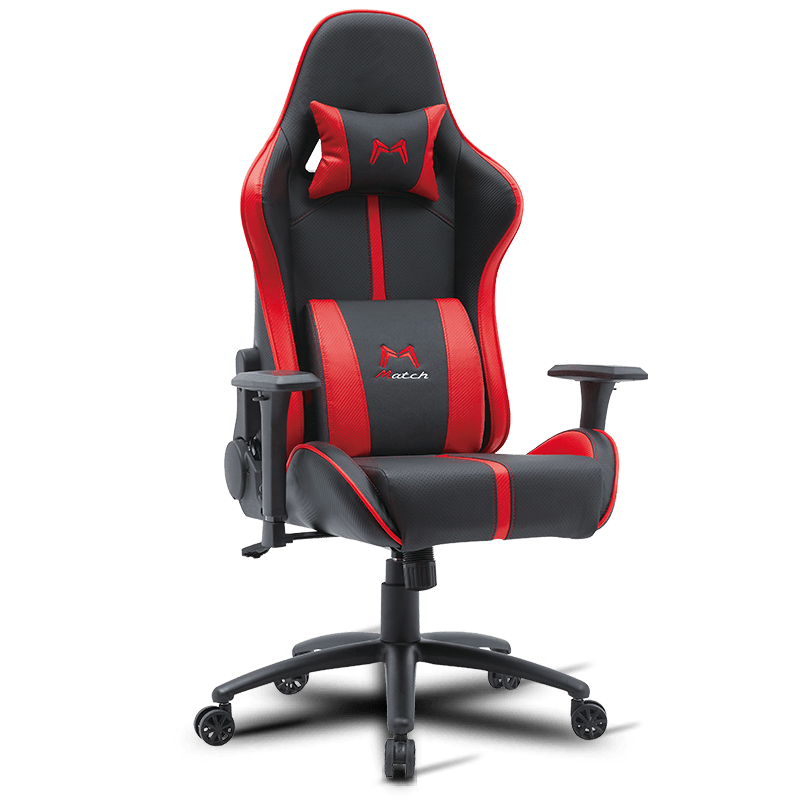
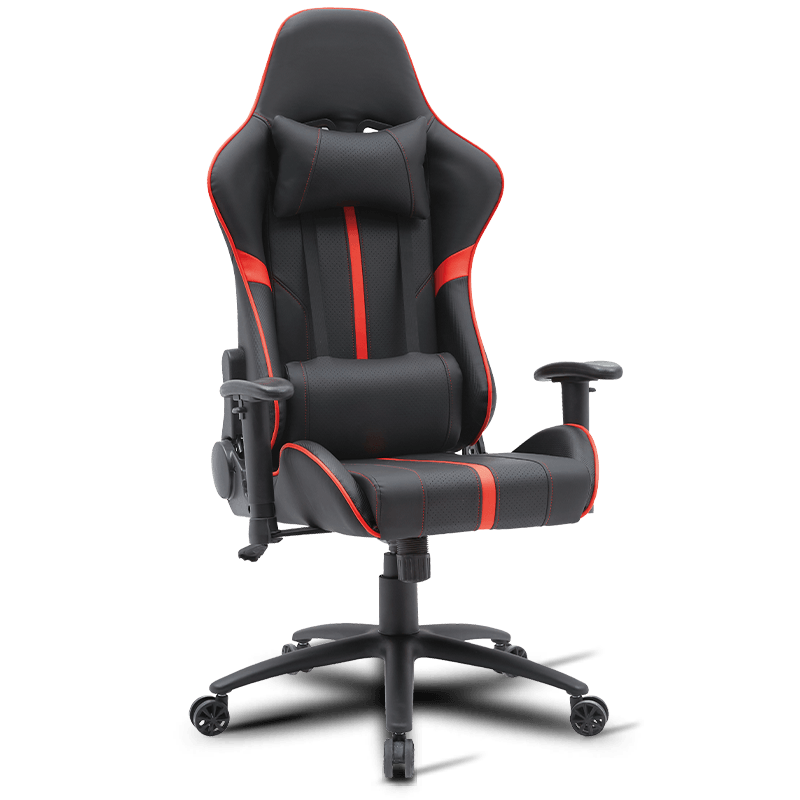
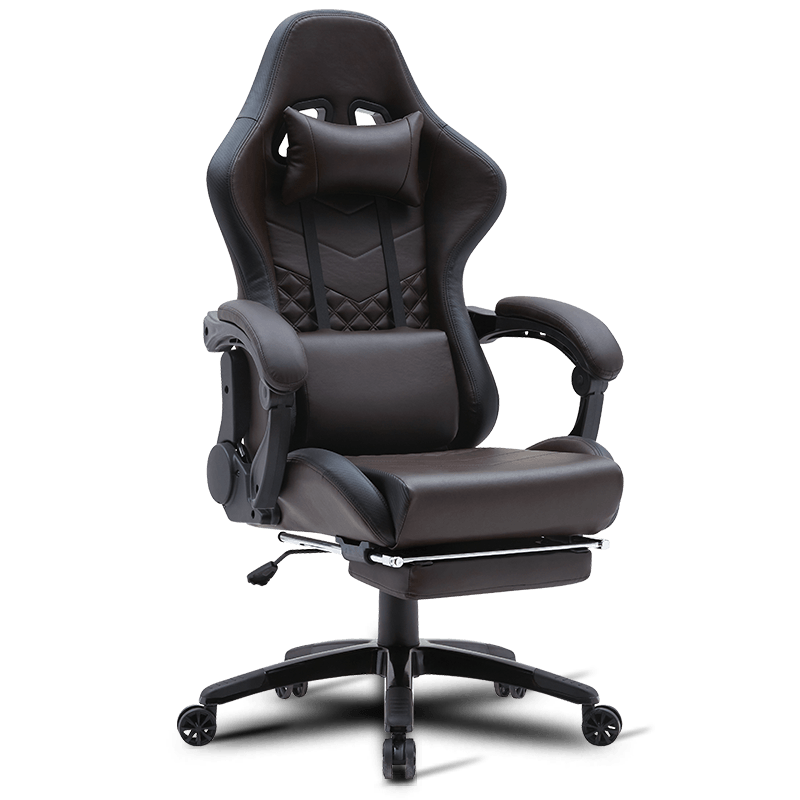
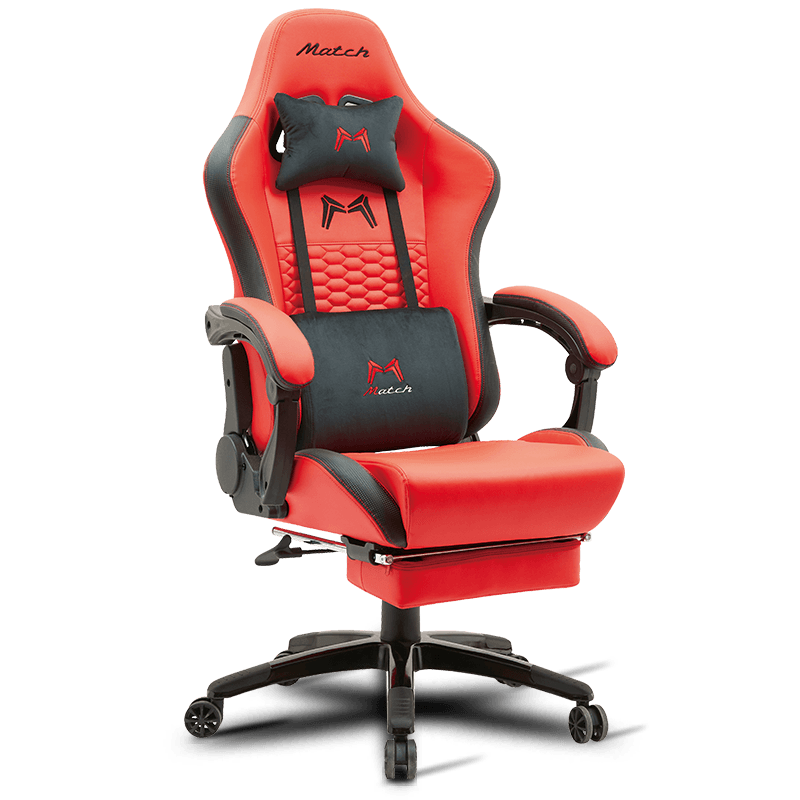
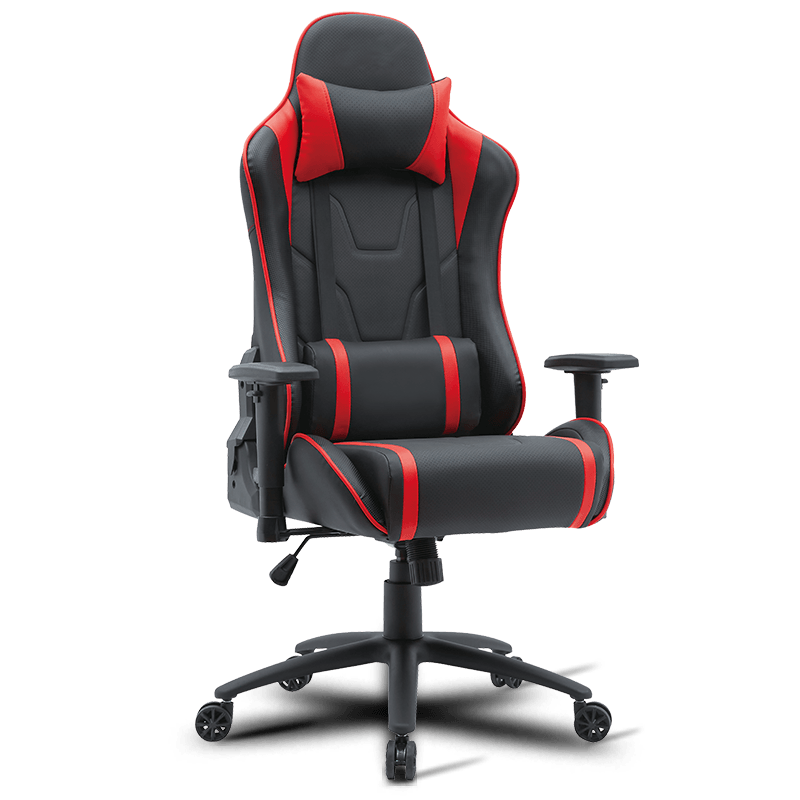
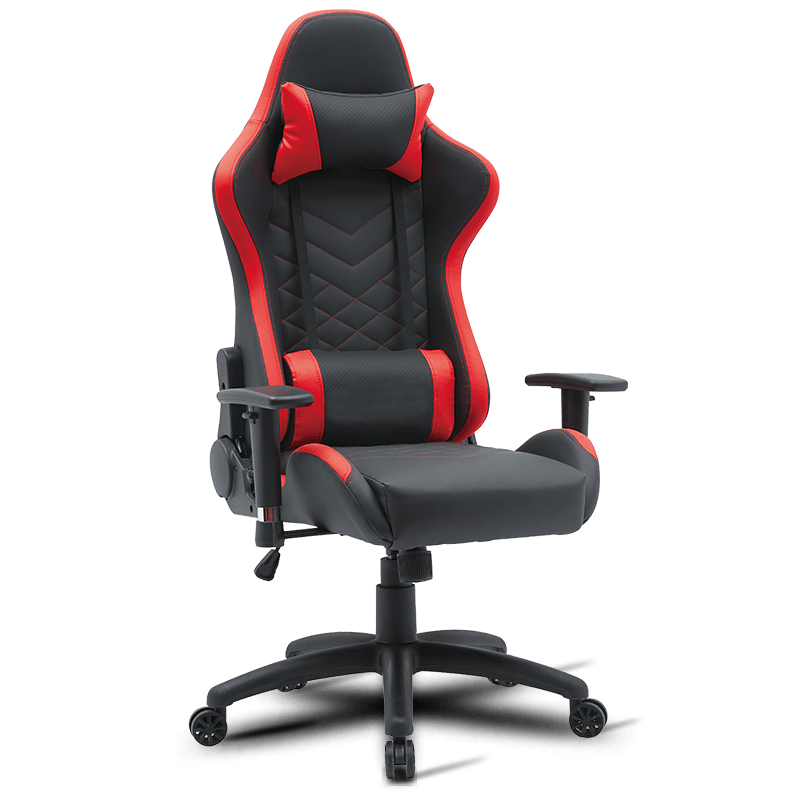
Tangpu, Huzhou, Zhejiang, China
0086-15088380506
Copyright © Anji Mingchuang Furniture Co., Ltd. All Rights Reserved.
